Collection: About us
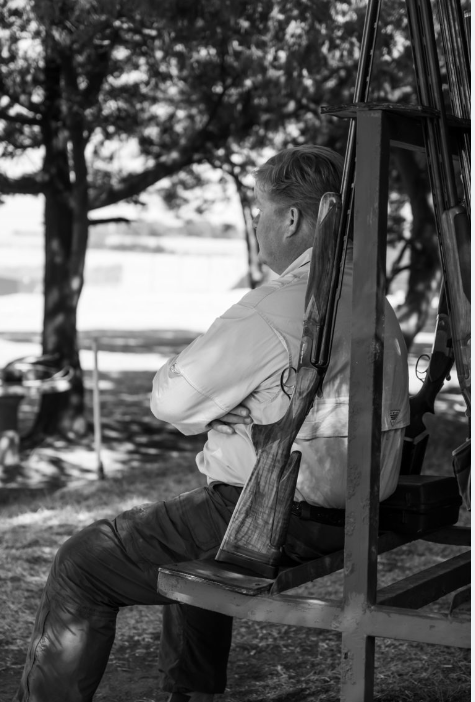
History of Wattlespring
A preface to the history of this great club is
essential, as it was formed in the early nineties, well before the present ranges were established on the farm ‘Onbekend’ in the Bapsfontein district.
During its existence, the club functioned under different
names and with different priorities and in different localities, but the core values and principles have remained steadfast over time. It was initially known as the South African Field Trial Club, (the SAFTC) which underwent a change from a club whose members were involved primarily in breeding, training and trialing of hunting dogs, to a formal clay target shooting club. In 1961, the club underwent a name change and became the South African Field Trial & Skeet Club (SAFT&SC).
Later, in 1965, it split into two separate entities, a ‘hunting dog’ club, and a ‘clay shooting’ club-the latter named the
Highveld Gun Club(HGC). After relocating from the Crown Mines property to the Durban Deep mine on the west rand in 1975, the Highveld Gun Club became known as the Durban Deep Skeet Club (DDSC) and finally Wattlespring Gun Club in Bapsfontein in 2001.
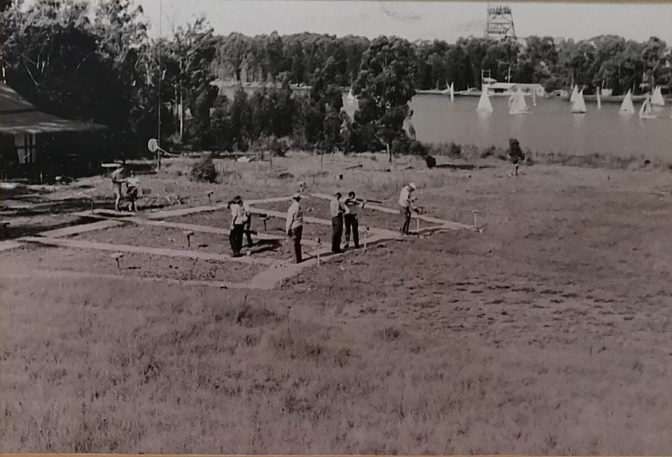
In February 1937 members of the committee of the
parent club proposed to engage and negotiate with the Crown Mines Gold Mining management regarding the use of the mine’s property to establish a shooting range.
In April of that year, Mr. Keeny reported that negotiations with mine management were successful and that a range could be established at No.16 Shaft. The rental for the ground was to be six guineas a year. Initially, a Skeet and Trap range was built as well as a clubhouse. It was also decided that the existing range in Aeroton would be maintained at a fee of one pound per year in case it would be required for additional practice. The club patron that year [1937] was Sir Patrick Duncan and the
club’s vice presidents included General J.C. Smuts and General J.B. Hertzog – both prominent politicians in our country’s history.
With the intervention of the Second World War
(1939-1945) the shooting was placed on the back burner. The SAFTC fared well on the
shooting scene, with the “A” team winning the Ellis-Brown trophy at the first
S.A. Skeet Championship in Westville, Natal in 1952.
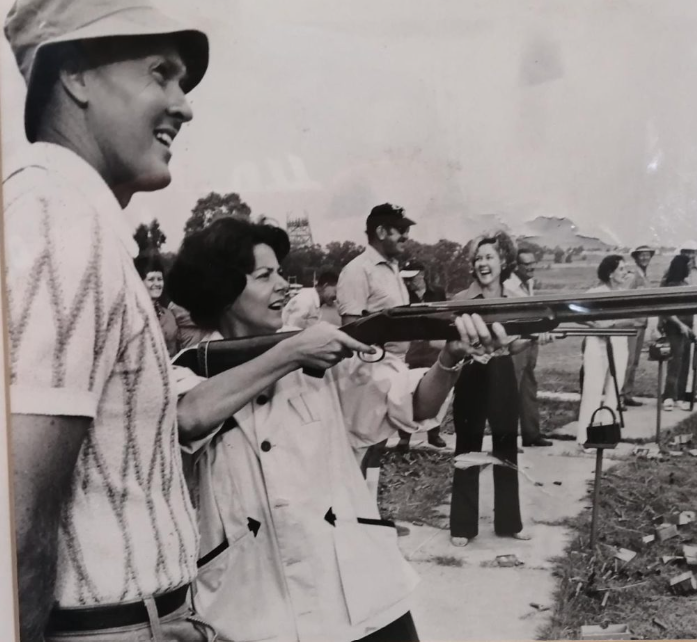
Throughout its time on the Crown mines property,
the range was relocated in 1958 to an alternative site, still on the mine property, north of the Baragwanath Airfield. The new range built in 1958 consisted of six clay target layouts: Two ‘back to back’ skeet, three Down-the-Line Trap and an Olympic Trap range. Most of the equipment was imported from the USA and was mechanical i.e. cocked, loaded and released
manually, as there was no electrical power on the range. It was thus very labour-intensive. In addition, a pistol range was established at the extreme western boundary of the shotgun ranges by Herby Deeb.
Major changes occurred at the club in 1971 when the ERPM club in conjunction with the Highveld Gun Club staged the SA Olympic Trap and Transvaal Open Championships in Johannesburg. This was the first competition held at the Crown mines since 1966 after the ban imposed on it by the CPSASA. New Rossini trap machines were installed into the Olympic trap range, and it was also the first time in the country where the targets on the Olympic range were released by a voice activated microphone system.
The club remained on the Crown Mines property
until mid 1975 when an unfortunate incident occurred involving the pistol and flying clubs. The pistol club was given notice by the mine management to vacate the land. Regrettably, the clay club was also served with a similar notice. An invitation by Durban Roodepoort Deep Mine near Roodepoort to locate its new clay range at the mine was graciously accepted. A satisfactory site adjacent to
the No. 8 Shaft was selected and towards the end of 1975 and into 1976, work commenced on the establishment of one of the largest clay shooting ranges in
the country.
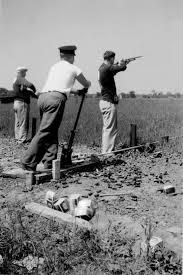
Out of courtesy to the mine management, the name
was changed from the Highveld Gun Club to the Durban Deep Skeet Club. In 1979 the CPSA SA celebrated the twenty-fifth year of its existence by holding a Silver Jubilee Shoot at the club, and it became necessary to further improve the facilities.
In the 80s the Doornkuil Gun Club built by Dan and Brian Silcock (south of Johannesburg at Grasmere) and the ERPM & District CPS Club in Boksburg amalgamated with the Durban Deep club when the two smaller clubs were under pressure from vandalism and encroaching residential development.
At the end of the 90s, the Roodepoort Municipality commenced the relocation of a group of shack dweller’s from the city centre to occupy a part of the club’s land. This action resulted in the club losing half of the shooting ranges, which effectively excluded it from staging any further major competitive events. A monumental decision was taken at this point to rather purchase land as previously the club had hired/leased
land and this had resulted in great financial loss to the club after repetitive forced removals.
Alec Kalell returned to the committee, and after an extensive search, found a suitable site on a farm near Bapsfontein, east of Johannesburg. The land measured 269 hectares with a strong borehole and a large
dam.
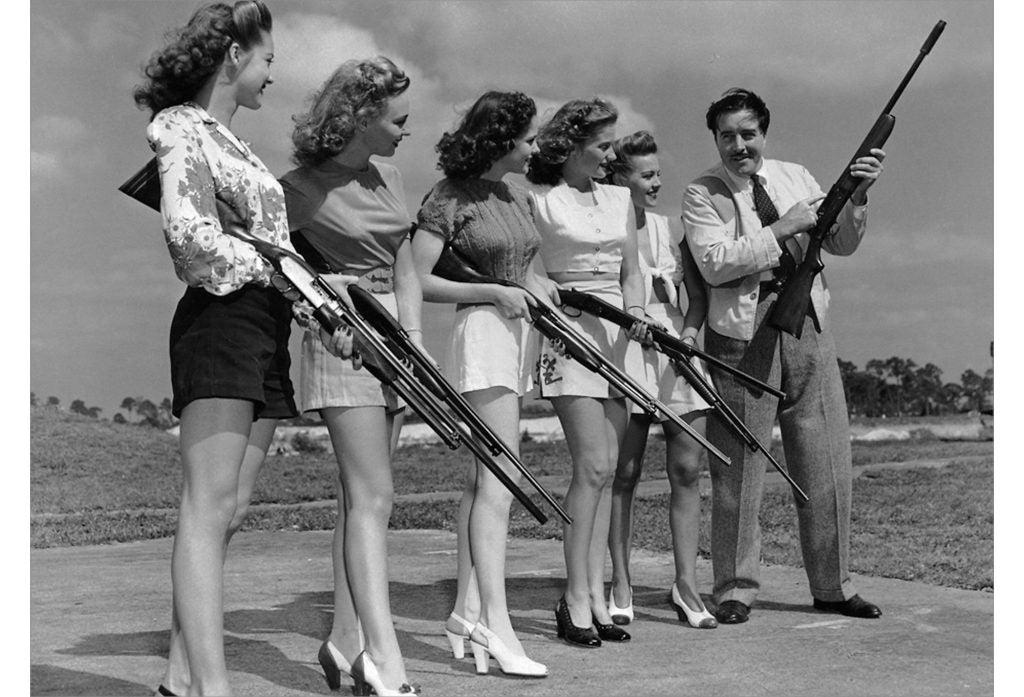
In March 2001 a promotional shoot was held on the land and members were invited to view the property. A group of dedicated clay shooting enthusiasts then formed a company – Pointofact Holdings. An offer was made to the owner, and it was accepted. The funds raised were utilised as a deposit and the balance of the purchase price was to be raised by the club over a period of years. Due to dense wattle forestation on the property, the club was named Wattlespring Gun Club.
In August 2001 three ranges: an ATA/DTL Trap, Skeet and an Olympic/Universal/ Olympic Double trap range were built by a small construction company. The club has an average annual membership of approximately 130 and major provincial and national competitions, corporate and sponsored events remain well-supported. Presently there are eight permanent ATA/DTL, two Skeet/Sporting ranges, seven Compak Sporting ranges, four Olympic/Olympic Double trap/ Universal ranges, one FITASC Sporting range, seven handgun ranges and one long range 100m rifle range. The equipment is top of the range La Porte automatic clay launching machines, electronic scramblers, microphone release systems etc.
The current owner’s intention is to develop the present facility at Wattlespring into a multi-centric life-style centre
encompassing not only clay target but other shooting disciplines. Also envisioned is the inclusion of a gentleman’s whiskey and cigar lounge to accommodate the history of this famous club in memorabilia and photographs is also in the cards. Wattlespring has seen great expansion and development in the last few years. It now boasts a swimming pool, a delicious family-friendly restaurant, a jungle gym, as well as a Leisure & Adventure Pro Shop on site that has firearms, ammunition, clothing, angling gear, accessories and equipment available for sale.
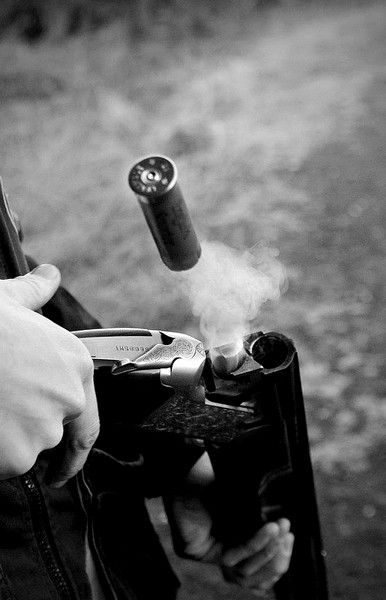
In 2024, Wattlespring expanded further and built
20 chalets on the property. The intention for this was to give shooters the opportunity to stay close by when competitions or national and international shoots, qualifiers and trials take place at Wattlespring. In addition, Wattlespring aims to position itself as a weekend destination for any families that want a break without intensive travel.
Wattlespring has also grown its dam, and it is now a catch and release activity that is exclusively presented to members and chalet guests. In addition, the event hall has been developed and turned into a venue available for competitions, birthdays, graduations, weddings and more.
The vision for Wattlespring is to turn it into a premier shooting club and lifestyle retreat available to anyone with an interest in shooting or the outdoors. We are excited to see how it grows and develops in the future.

-
Wattlespring will now be opened until 22:00pm every Saturday of the month.
Join us for Live Entertainment, Amazing Cocktails & Great Drink Specials
-
Mondays - Closed
Tuesday - 08:00 till 16:30
Wednesday - 08:00 till 16:30
Thursday - 08:00 till 16:30
Friday - 08:00 till 16:30
Saturday - 08:00 till 16:30
Sunday - 08:00 till 16:30
Public Holidays - 08:00 till 16:30 -


